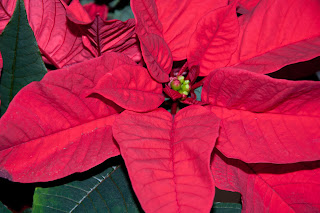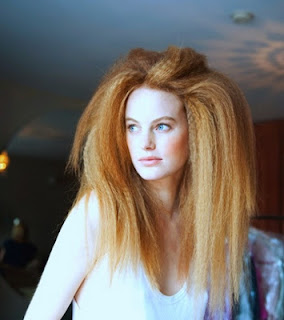In film photography ISO indicated how sensitive a film was to light. The lower the number seen on the film (100,200,400 etc) the lower the sensitivity of the film and the finer the grain in the images produced.
In Digital Photography ISO measures the sensitivity of the image sensor. The same applies here, the lower the number the less sensitive your camera is to light and the finer the grain. Higher ISO settings are usually used in darker situations to get faster shutter speeds but the shots will appear “noisier”.
ISO Speed & Exposure
ISO speed affects the shutter speed/aperture combinations you can use to obtain correct exposure.
If your camera warns you that there is not enough light to correctly expose an image and you are unable to use your flash then you would need to use a higher ISO. Using ISO Auto mode, the digital camera will automatically select a higher ISO. Or, you can manually select the next higher ISO and see if the increased sensitivity allows you to achieve a correctly exposed picture.
Equally, if you find the camera is using a shutter speed that is too slow to hold the camera steady (you have no tripod), you cannot open the aperture anymore etc then you can select the next higher ISO which will then allow you to select a faster shutter speed.
ISO Speed and Noise.
The increase in sensitivity will however cause your image to appear more noisy.
When you boost the sensitivity of the image sensor by selecting a higher ISO, it can now record a fainter light signal. However, it will also record fainter noise (noise is any signal that is not attributed to the light from your subject). The increased sensitivity allows the image sensor to record more light signal as well as more noise. The ratio of light signal to noise (S/N ratio) determines the noise in your image. Noise produced by an image sensor appears as off-putting coloured dots on your photo.
An image sensor is usually calibrated so that it gives the best image quality (greatest S/N ratio) at its lowest ISO speed.
ISO Speed and Image Sensor size.
The size of the image sensor determines the ISO speed range that a digital camera can use without displaying excessive noise. The pixels on the larger image sensor can be larger and therefore receive more light, and therefore have a greater signal-to-noise (S/N) ratio.
Things to consider:
- You can achieve the best image quality by using the lowest ISO possible on your digital camera
- If you mostly take pictures where there is enough light for a correct exposure, i.e. sunny outdoors, then using the lowest ISO on your digital camera will give you the best image quality your digital camera is capable of.
- If you want to take pictures indoors where light may not be sufficient and in other low-light situations, then you would need to supplement existing light with flash or studio lights or select a higher ISO (which may result in a noisier image)
- A large image sensor means that you are able to use a high ISO speed without worrying too much about noise. This means that you can take pictures in low-light situations without your pictures being under-exposed. It also means that in situations where it is required, you are able to use a fast enough shutter speed to prevent camera shake. All, again depending on your camera, without much noise.
Info from:
Nikon D90 manual.
Wikipedia
































